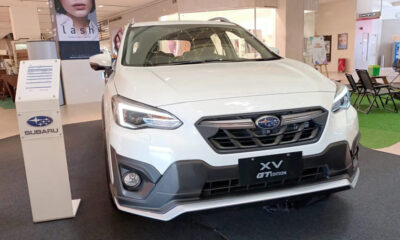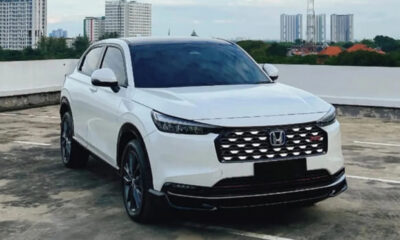Automobile
BYD Seal Review: Everything You Need to Know as a BYD Beginner
Published
2 months agoon
By
Samuel Ting 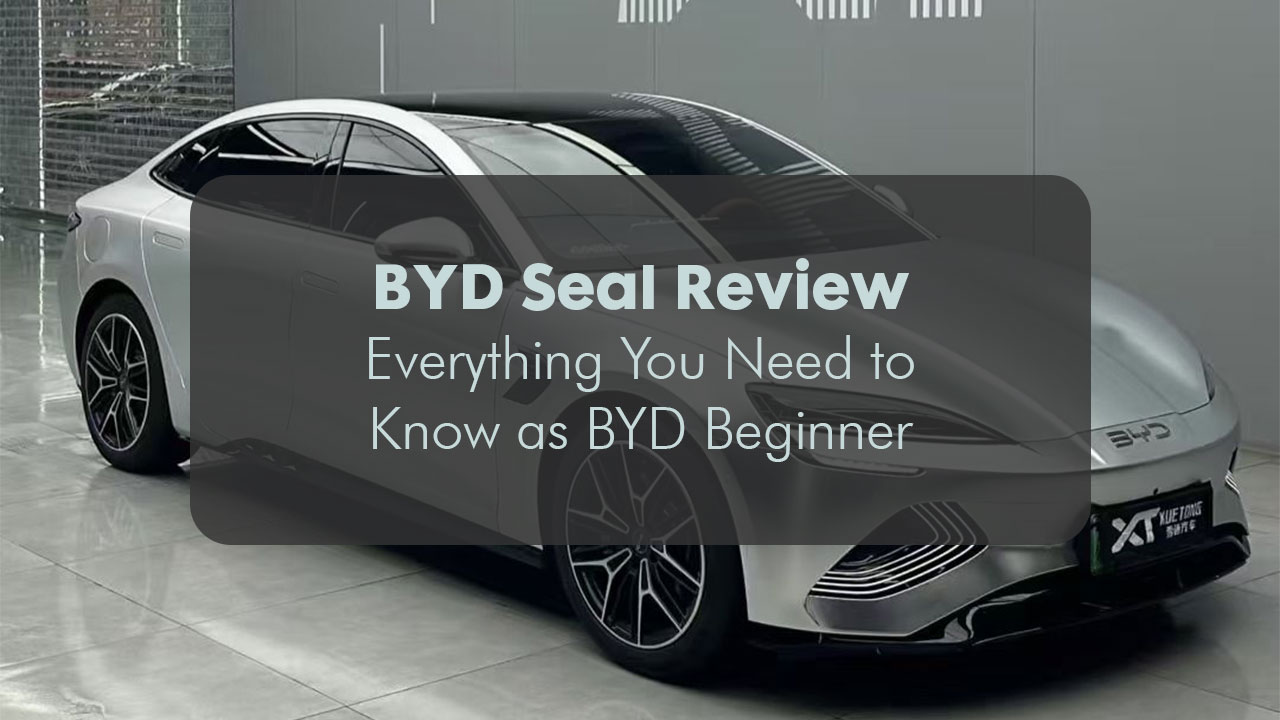 For those who are new to the brand BYD, here’s a brief background on the company and their series. BYD is a car manufacturer from China that produces a wide range of plug-in hybrid and battery electric cars and other types of road vehicles. This Chinese car brand in Malaysia was founded in 1995 with rechargeable nickel–cadmium (NiCd) batteries as their core product, which was founded even earlier than Tesla. In 2003, BYD joined the car manufacturing industry and introduced their first car in 2005. Until 2022, the company announced that they will shift their focus to new energy vehicles after launching their plug-in hybrid and battery electric cars for 14 years.
For those who are new to the brand BYD, here’s a brief background on the company and their series. BYD is a car manufacturer from China that produces a wide range of plug-in hybrid and battery electric cars and other types of road vehicles. This Chinese car brand in Malaysia was founded in 1995 with rechargeable nickel–cadmium (NiCd) batteries as their core product, which was founded even earlier than Tesla. In 2003, BYD joined the car manufacturing industry and introduced their first car in 2005. Until 2022, the company announced that they will shift their focus to new energy vehicles after launching their plug-in hybrid and battery electric cars for 14 years.
BYD categorises their car under 3 series, which are “Dynasty” (Dragon-inspired design), “Ocean” (Ocean-inspired design) and “E” (for ride-hailing and taxi) series. Ocean series passenger cars are named after marine animals (Seagull, Dolphin, Seal and Sealion).
If you’re curious about the BYD Seal (and if you’re in Malaysia, especially BYD Seal Malaysia, or hunting around for BYD Seal price or BYD Malaysia Seal Price)—you’re in the right place.
Why BYD Seal?
The BYD Seal is becoming a hot topic among EV beginners—and for good reason. I first saw it when I was researching around, and I was drawn in by how sleek it looks and how affordable it’s supposed to be. BYD Seal offers solid range, peppy driving, and a price that’s legit appealing to younger drivers as compared to their obvious rival, Tesla Model 3.
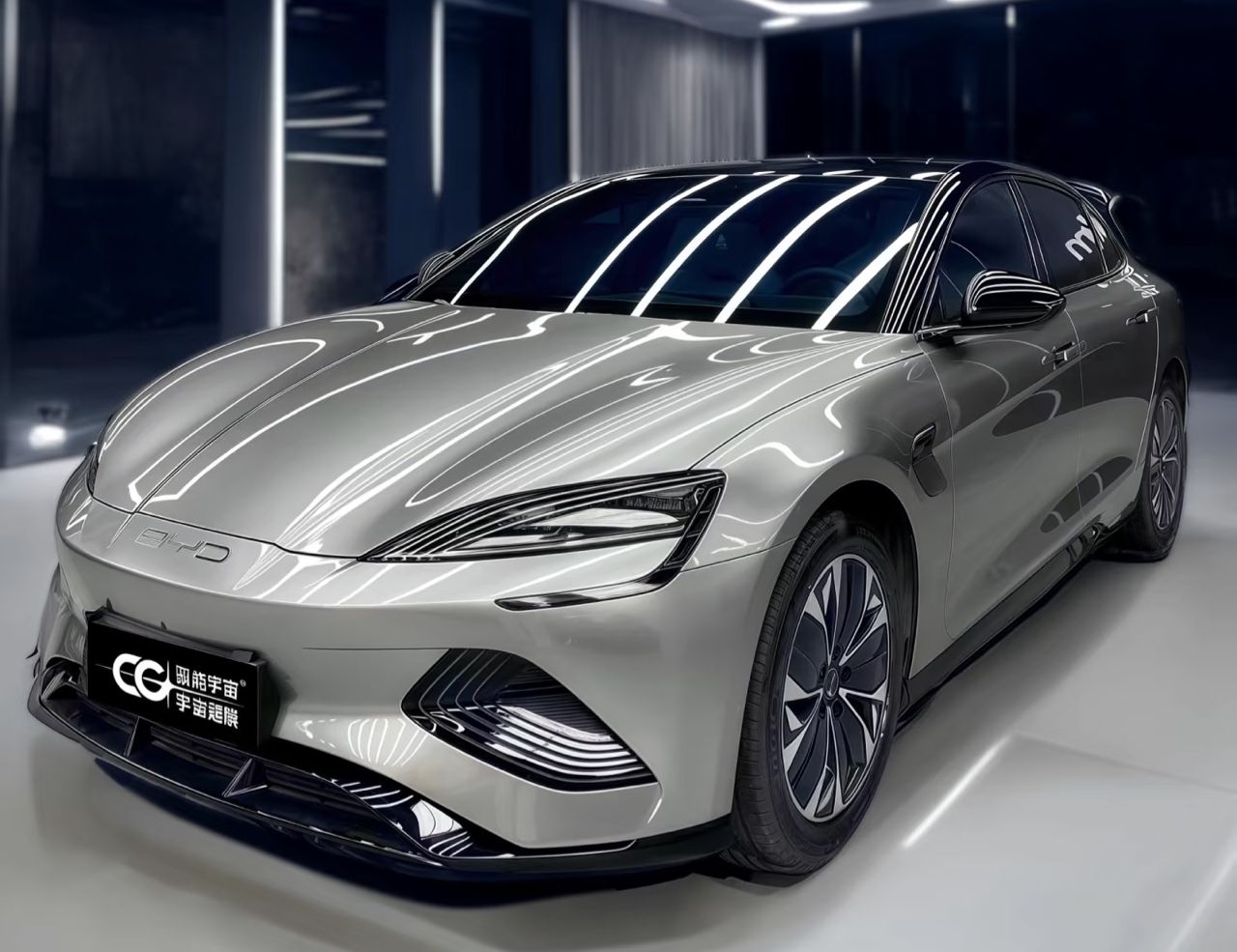 BYD Seal Price in Malaysia
BYD Seal Price in Malaysia
First, let’s talk about money. As of its launch in Malaysia earlier this year, the BYD Seal price starts at approximately MYR 170,000 (for the Standard Range variant) and goes up to around MYR 200,000 for the extended-range and better-equipped versions. That places the BYD Malaysia Seal Price in a sweet spot—competitive against other EVs in the market but still within reach for many.
On the European BYD site, the base starting figures give a ballpark too—something around €30,000 to €40,000, depending on specs and package choices. In Malaysia, once government incentives and rebates are included, the final price tag becomes even juicier for potential buyers.
BYD Seal Key Features
Here’s where the BYD Seal shines with tangible stuff, not just buzzwords:
Blade Battery Technology: This is BYD’s proprietary lithium iron phosphate battery architecture. The main perks? Enhanced safety against thermal runaway and a compact “blade” design that’s really space-efficient and cool.
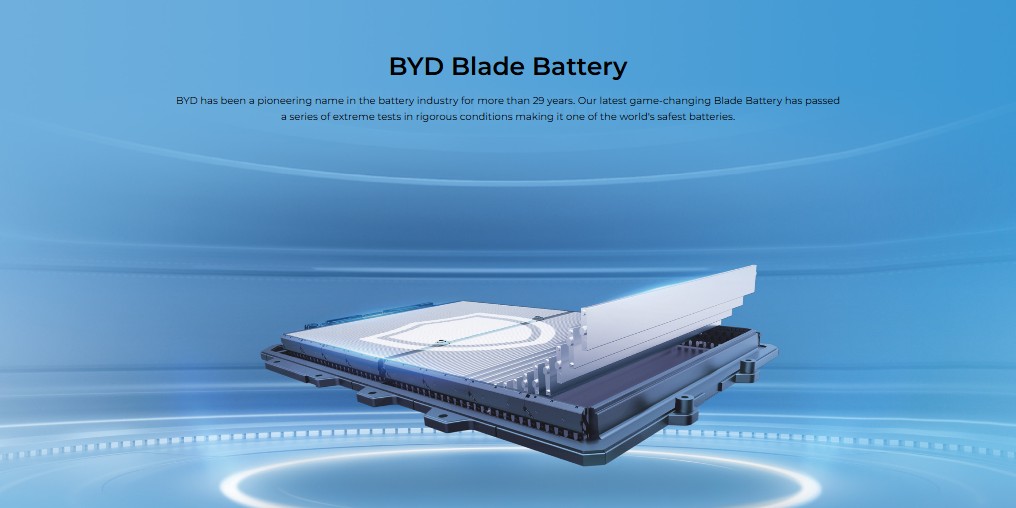 Range Estimates: Real-world WLTP figures suggest around 550 km for long-range versions—though Malaysian conditions might see around 450–550 km depending on driving habits and AC usage.
Range Estimates: Real-world WLTP figures suggest around 550 km for long-range versions—though Malaysian conditions might see around 450–550 km depending on driving habits and AC usage.
Fast Charging Capabilities: Supports up to 150 kW DC fast charging. That makes it possible to juice from around 30% to 80% in about 18 minutes—super handy when you’re grabbing coffee or running errands.
Interior & Tech: A clean, minimalist cabin with a 15.6-inch touchscreen, digital instrument cluster, and over-the-air updates. It feels modern without being over-designed. It is rotatable with a high-definition resolution of 1920 x 1080, equipped with split-screen view that allows you to view on map and entertainment simultaneously.
BYD Seal Performance
BYD Seal is giving 3 variant options, namely BYD Seal Dynamic, BYD Seal Premium and BYD Seal Performance.
While BYD Seal Performance is probably what you’re most curious about—after all, it’s the trending term people are searching online. Here’s what I like:
Acceleration: The long-range dual-motor AWD (all-wheel drive) version does 0–100 km/h in claimed 3.8 seconds. That’s quick—enough to surprise you in a good way, especially if you’re used to older petrol compacts.
Handling: The ride has a sporty feeling without being harsh. Feedback from the road is firm, but suspension smooths out potholes and city bumps nicely.
Efficiency: Equipped with 82.56kWh battery, it offers 580km NEDC range.
Regenerative Braking: Adjustable levels let you choose how much one-pedal driving you want—great for cruising in stop-and-go traffic.
So all in all, when you search BYD Seal Performance, expect words like “zippy,” “efficient,” and “engaging”—and I can confirm they’re earned.
Note: A Rear-Wheel Drive (RWD) car, in this context refers to BYD Seal Dynamic and BYD Seal Premium, uses only two of the four wheels to develop forward momentum. AWD like BYD Seal Performance have twice the grip available to transmit driving forces than RWD. AWD cars are easier to control in difficult road conditions, their excellent grip on acceleration provides a higher level of safety.
Pros and Cons
No ride is perfect. Let’s weigh what shines and what could trip you up:
Pros
- Competitive price for what you get—premium range, safety, tech but lower price compared to other EV.
- Dual-motor setup with 523hp and 670nm torque that enables 0-100km/h sprint in 3.8s.
- Blade Battery which is designed for safety (high thermal stability and resistance to thermal runaway).
- Fast charging support makes longer trips more viable.
- Modern cabin with a clean interface and OTA (over-the-air) support, where manufacturers can update the vehicle software remotely
Cons
- Limited charger infrastructure: Malaysia’s EV network is still growing, so you might rely on home charging mostly.
- Slower 0–100 km/h in base versions—around 7.5 seconds for single-motor variants may feel less exciting.
- Spare parts & service networks are still rolling out; fewer service centers than older brands, although that’s improving fast.
EV chargers in Malaysia
Let’s be real—EV charger in Malaysia is always top of mind when considering an EV. Here’s the current picture:
Home Charging: A 7 kW AC wall box can fully charge overnight—perfect for daily urban use.
Public AC Charging: Found in malls, offices, and condos—you’ll typically get 7–22 kW. Useful, but expect slow top-ups of 30–60 minutes for 0–100%.
DC Fast Charging: Mostly 50–120 kW located along highways and major routes. These help with long-distance travel, but coverage gaps still exist in rural areas.
Good news? BYD Malaysia collaborates with networks like EV Connection and ChargeEV, which keeps expanding. Pair that with the Seal’s long range and fast-charge support, and most users will be comfortable planning trips.
Verdict
So, final verdict? If you’re a 20–40-year-old looking for your first serious EV, the BYD Seal is a strong contender. The BYD Seal price in Malaysia is competitive, the BYD Seal Performance is genuinely fun yet efficient, and the feature list is thorough without being flashy. Charging infrastructure is improving, and as it does, the value of the Seal increases.
I’d say it’s a smart pick if you want a mix of excitement, safety, and practicality—without breaking the bank or feeling like you’re driving some stodgy old EV.
That wraps it up. Hopefully, this gives you a complete and clear eyed look at the BYD Seal—from price to performance to real-world driving. Impressive performance, especially in dual-motor versions. Solid battery safety with Blade Battery design.
FAQ
Q: What is the starting price of the BYD Seal in Malaysia?
A: Around MYR 170,000 for the base (Standard Range) up to about MYR 200,000 for higher trims. Incentives can lower the effective cost.
Q: How far can I go on a single charge?
A: Around 450–500 km in real-world Malaysian conditions for the long-range version; WLTP estimates up to 550 km.
Q: How fast does it charge?
A: Up to 150 kW DC fast-charge—around 30 minutes for 30–80% boost. AC charging (7 kW at home) gives full overnight fill.
Q: What’s special about the battery?
A: The Blade Battery design offers superior safety and efficient space usage versus traditional pouch or cylindrical packs.
Q: Is servicing a problem?
A: Service infrastructure is still growing, but BYD is rapidly scaling support through authorized centers around Malaysia.

Finding the Best Thesis Writer in Malaysia: A Guide for Students

Romantic Cabins in Tennessee: Best Seasons to Visit for Weather & Romance

Latency vs. Hype: Building Product Pages That Survive Traffic Spikes on Launch Day

EU Court Annuls DSA Fee Method — What It Means for Meta & TikTok

YouTube View Counts Are Down: Ad Blockers May Be the Reason — Do This Now

Amazon Hardware Event 2025 (Sep 30): Time, How to Watch & What to Expect

iPhone 17 Launch Day NZ (Sep 19): Find Stock Fast, Pickup Tips & Best Deals

The Top 5 Mistakes People Make When Moving (And How to Avoid Them)

6 Major Perks of Using Luxury Car Rental Atlanta Airport Services



